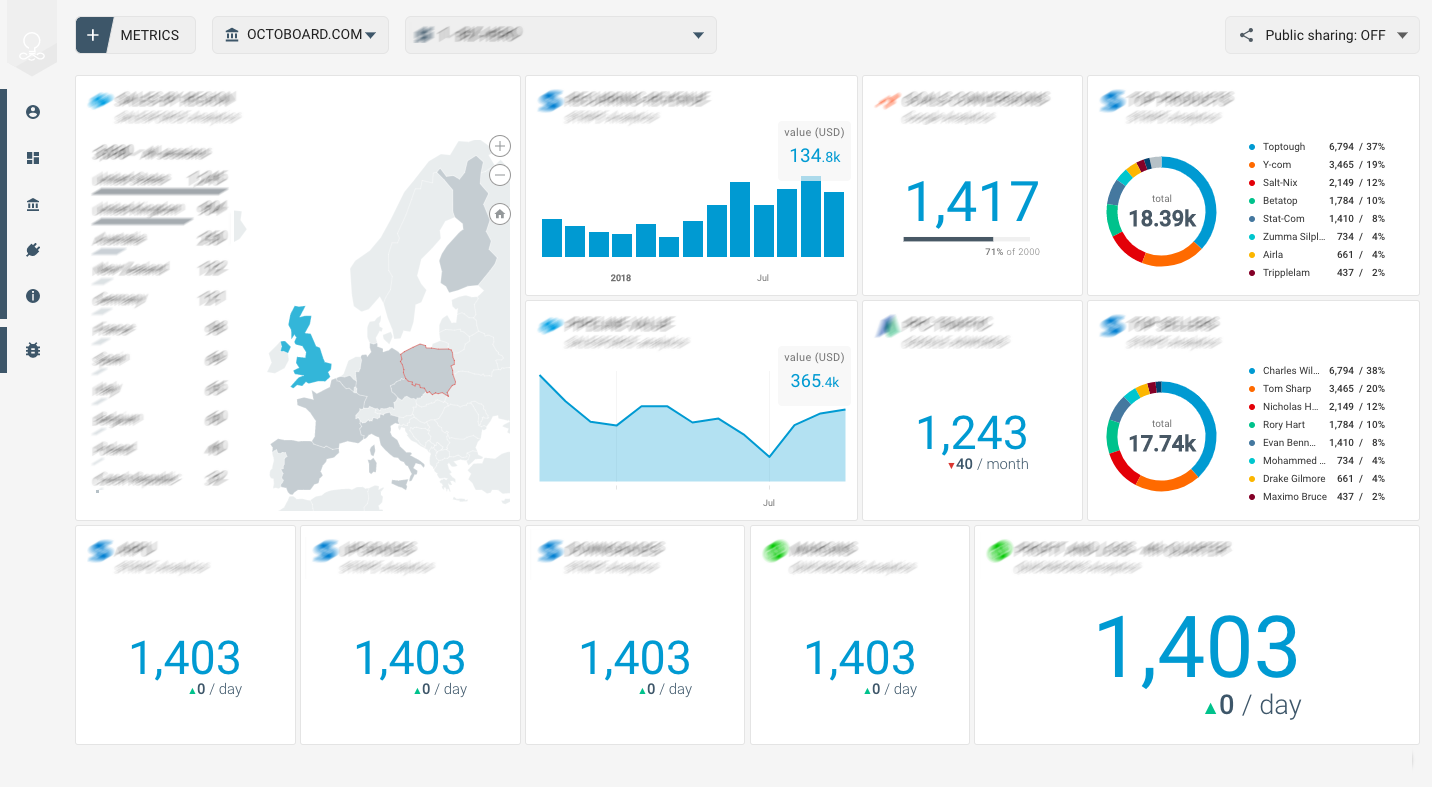
Amazon Alexa for Business: Complete Buyer's Guide
Enterprise voice automation platform for AWS-integrated business workflow optimization and voice commerce implementation.
Amazon Alexa for Business was an enterprise voice automation platform designed to streamline business workflows through voice-driven meeting coordination, inventory management, and customer interaction capabilities. Leveraging Amazon's established voice recognition technology and AWS cloud infrastructure, the platform targeted mid-market to enterprise retailers seeking to reduce manual coordination tasks and implement voice commerce experiences.
Market Position & Maturity
Market Standing
Amazon Alexa for Business operated within the enterprise voice automation market segment, leveraging Amazon's dominant position in consumer voice technology, with 52.7% US smart speaker market share providing user familiarity advantages [42][72].
Company Maturity
Amazon's substantial resources and technical capabilities, though the platform's enterprise focus represented a smaller segment within Amazon's broader business portfolio.
Strategic Partnerships
Integration capabilities with major CRM systems like Salesforce, though the depth and current status of these partnerships require verification given the product status uncertainty [41][59].
Longevity Assessment
Significant uncertainty due to the apparent product discontinuation or rebranding. Organizations considering voice automation solutions should prioritize vendors with clear product roadmaps and verified ongoing development commitments.
Proof of Capabilities
Customer Evidence
Soak&Sleep achieved 12% higher conversion rates and 11% average order value lift through voice-driven product discovery for bedding categories [56][77].
Market Validation
Voice-activated inventory checks delivering reported labor cost reductions and personalized reordering workflows showing customer retention benefits [56][76][40][73].
Competitive Wins
73% of automotive voice commerce users selecting Alexa for in-car purchasing [45][47].
AI Technology
Amazon Alexa for Business leveraged proprietary natural language processing engines for voice command interpretation and intent recognition across business workflows [50][59].
Architecture
Core AI Architecture centered on integration with AWS cloud services, enabling voice-activated conference room automation, CRM system connectivity, and voice commerce functionality through Alexa Skills development [41][59].
Primary Competitors
Google Assistant for enterprise applications, Microsoft Cortana for business workflows, and specialized voice search providers like Algolia for ecommerce-specific implementations [50][55].
Competitive Advantages
Established voice commerce ecosystem integration and strong performance in automotive voice commerce scenarios, where 73% of users preferred Alexa for in-car purchasing [45][47].
Market Positioning
Competing against both enterprise workflow automation tools and ecommerce-specific voice search solutions. This dual positioning created market confusion while limiting focus on either enterprise productivity or retail optimization use cases.
Win/Loss Scenarios
Favored Amazon for organizations with existing AWS investments and specific voice commerce requirements in automotive or hands-free purchasing contexts. Alternative solutions provided better value for retailers prioritizing platform flexibility, multilingual capabilities, or lower implementation complexity [45][79].
Key Features

Pros & Cons
Use Cases
Integrations
Pricing
Featured In Articles
Comprehensive analysis of Voice Search Optimization for Ecommerce for Ecommerce businesses and online retailers. Expert evaluation of features, pricing, and implementation.
How We Researched This Guide
About This Guide: This comprehensive analysis is based on extensive competitive intelligence and real-world implementation data from leading AI vendors. StayModern updates this guide quarterly to reflect market developments and vendor performance changes.
123+ verified sources per analysis including official documentation, customer reviews, analyst reports, and industry publications.
- • Vendor documentation & whitepapers
- • Customer testimonials & case studies
- • Third-party analyst assessments
- • Industry benchmarking reports
Standardized assessment framework across 8 key dimensions for objective comparison.
- • Technology capabilities & architecture
- • Market position & customer evidence
- • Implementation experience & support
- • Pricing value & competitive position
Research is refreshed every 90 days to capture market changes and new vendor capabilities.
- • New product releases & features
- • Market positioning changes
- • Customer feedback integration
- • Competitive landscape shifts
Every claim is source-linked with direct citations to original materials for verification.
- • Clickable citation links
- • Original source attribution
- • Date stamps for currency
- • Quality score validation
Analysis follows systematic research protocols with consistent evaluation frameworks.
- • Standardized assessment criteria
- • Multi-source verification process
- • Consistent evaluation methodology
- • Quality assurance protocols
Buyer-focused analysis with transparent methodology and factual accuracy commitment.
- • Objective comparative analysis
- • Transparent research methodology
- • Factual accuracy commitment
- • Continuous quality improvement
Quality Commitment: If you find any inaccuracies in our analysis on this page, please contact us at research@staymodern.ai. We're committed to maintaining the highest standards of research integrity and will investigate and correct any issues promptly.